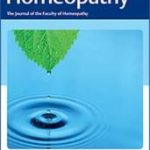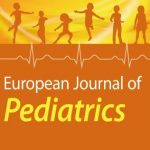Preparation and Standardization of Escherichia coli Nosodes Sourced from Select E. coli Strains

Background – The nosodes are well-known preparations in homeopathy that are sourced from organisms and diseased materials. More than 40 known nosodes have been used in homeopathic practice for over a century. Having identified the need for scientifically developed new nosodes sourced from organisms that are currently prevalent, the preparation of Escherichia coli nosodes from different strains of the bacterium is presented in this article. Materials and Methods – Escherichia coli strains (E. coli ATCC 11775E, ATCC 25922, and ATCC 8739) were identified, cultured, and tested for purity, and 20 billion cells were processed following the nosode preparation method given in the Homoeopathic Pharmacopoeia of India, group N1. Serial dilution and potentization for liquid potency were done up to 30c potency. Nosodes were prepared by two methods: from cell-free extract (endotoxin) and from entire-cell extract. Result – Six nosodes were developed in total. Three univalent nosodes were prepared using individual endotoxins, one from each of the three E. coli strains; those three univalent nosodes were also combined as “Trivalent nosode-I”. “Trivalent nosode-II” was prepared by mixing entire cells of the three E. coli strains. A mix of both Trivalent nosode-I and Trivalent nosode-II was labeled “EC-Polynosode”. The safety profile of the potentized nosodes was documented by the non-detectability of traces of source material (absence of contamination, live organisms, or DNA material) through a culture test, sterility test, and molecular testing (polymerase chain reaction). Conclusion – Different variants of E. coli nosodes were systematically and scientifically prepared and standardized using the cultures. Homeopathic pathogenetic trials, in-vitro efficacy studies, and clinical evaluation of E. coli nosodes (single, trivalent, or polyvalent nosodes) will be required in future.






Lascia un commento
Devi essere connesso per inviare un commento.